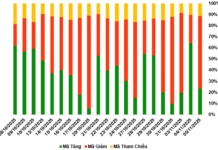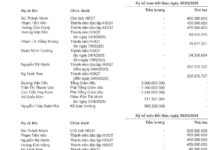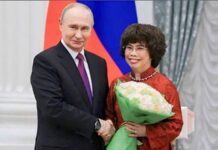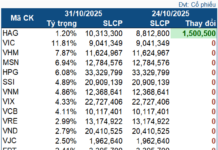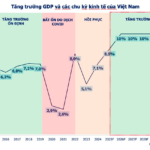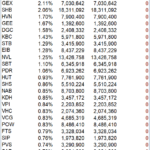Optimistic Double-Digit Growth by 2026
At the 2026 Investment Forum held on the morning of November 4th, contributing to the goal of achieving double-digit growth and the economic outlook for Vietnam in 2026, Mr. Dang Van Thanh, founder of TTC Group, emphasized that to ensure a GDP growth rate of 9-10%, feasibility must be strengthened by supporting both the “supply side” and the “demand side.”
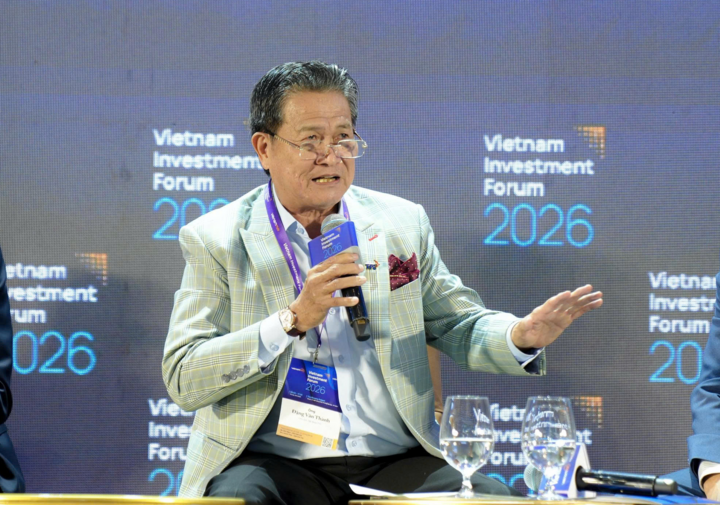
Mr. Dang Van Thanh, founder of TTC Group.
According to him, in the post-COVID-19 era, we focused solely on supporting the “supply side,” but in 2026, the “demand side” in consumption needs reinforcement to ensure GDP growth.
Mr. Thanh proposed a method to bolster consumer demand by suggesting policymakers consider reducing personal income tax, but in the form of vouchers rather than cash refunds.
“For instance, if someone owes 10 units in tax, a 30% reduction would mean they pay only 7 units, with the remaining 3 units issued as time-limited vouchers for consumption. Unlike cash refunds, time-limited vouchers stimulate spending, thereby enhancing economic circulation.”
“Thus, while we previously supported only the ‘supply side,’ it’s now essential to activate the ‘demand side,'” Mr. Thanh added.
He also predicted that 2025 growth would be around 8%, which he considers reasonable.

Tax reductions and consumption incentives are proposed by experts to drive growth in 2026. (Illustrative image: Ha Linh)
Forecasting Vietnam’s economic growth prospects for 2026, Dr. Le Anh Tuan, CEO of Dragon Capital, expressed confidence in a GDP growth rate of 8-10%. He noted that 2026 will mark a market “reset,” with Vietnam’s yield levels compared to regional and global counterparts establishing a new baseline.
Currently, Vietnam’s foreign exchange reserves stand at approximately under $80 billion, equivalent to three months of imports.
Since the beginning of the year, foreign investors have withdrawn nearly $5 billion from the stock market, totaling around $12 billion over the past five years. Without these withdrawals, Vietnam’s foreign exchange reserves would be significantly higher, bolstering macroeconomic stability.
Dr. Le Duy Binh, Director of Economica Vietnam, stated that he focuses not on numbers but on the confidence of the business community in the coming year.
This confidence will soon translate into concrete actions, such as investment decisions and business expansions. It will also spread to consumers, increasing consumption and spending by both businesses and individuals.
“I expect this to reflect the reality of 2026. We also anticipate that direct and indirect investment flows will return in 2026,” Dr. Le Duy Binh said.
According to Dr. Binh, macroeconomic stability, political certainty, consumer confidence, and investor trust in Vietnam’s economy and businesses are crucial foundations for believing in better growth prospects in 2026 and beyond.
While he did not comment on growth exceeding 10%, he believes this year’s growth rate could surpass 2024, with 2026 showing even stronger growth.
2026 Marks the Start of a New Race
At the Vietnam Investment Forum 2026, Mr. Dang Van Thanh expressed optimism about the new development cycle beginning in 2026, with specific drivers and conditions bolstering business confidence, particularly in the bustling southern region.
With only 56 days left in the 2025 fiscal year, which also marks the conclusion of the 2021-2025 strategy, he is eagerly anticipating 2026 as the foundation for the 2026-2030 period.
“2025 serves as a summary year for both 2025 and the 2021-2025 period. I affirm that 2026 has many specific drivers strengthening business confidence, from economic and social development resolutions like Resolution 68 and Resolution 98. A completely new race awaits businesses.”
“In this new business environment, companies that fail to adhere to rigorous, systematic investment principles and lack preparation will be eliminated. The core of commerce lies in management, control, and execution—the foundation for sustainable development,” Mr. Thanh added.
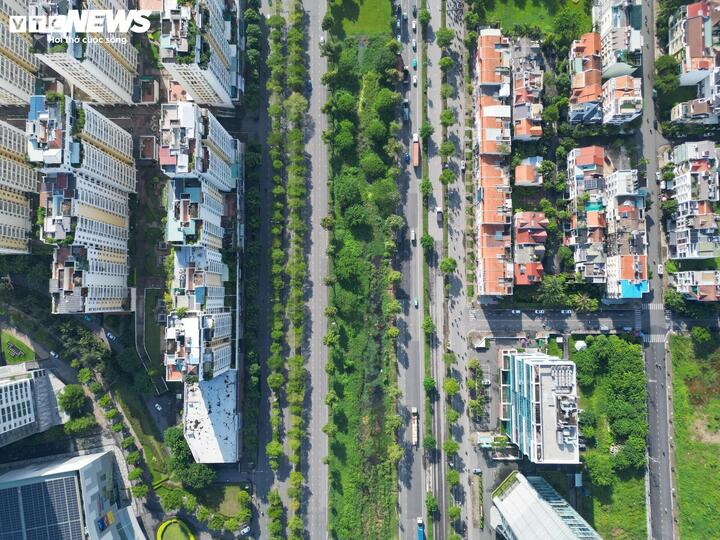
Public investment remains a growth driver in 2026, but experts suggest private investment should play a stronger role in the future.
The TTC founder believes that in 2026, public investment will continue to lead growth, but businesses should not rely solely on this sector. Instead, they must focus on the core essence of a market economy: production and business.
“Look at the southern region now—it’s like a massive construction site. From Ring Road 3 to highways, urban railways, and numerous large projects, there’s a significant effort from the government, localities, and businesses. This clearly demonstrates public investment leading the way. However, I believe this is only temporary. Ultimately, entrepreneurs must fulfill their production mission, not just for the nation but for their own businesses,” Mr. Thanh added.
Dr. Le Duy Binh agreed, noting that after each economic downturn, public investment plays a crucial role in boosting aggregate demand.
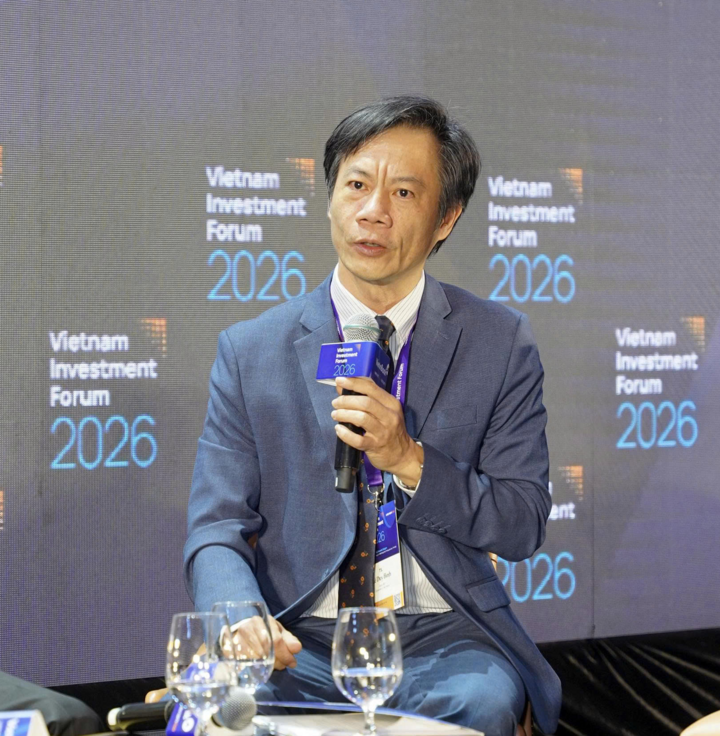
Dr. Le Duy Binh: I believe 2026 GDP growth will surpass 2025 as business and consumer confidence strengthens.
Vietnam is transitioning to a new growth model, making infrastructure and economic expansion essential. Public investment remains a key driver, but over-reliance on it poses risks.
First, excessive public investment can crowd out private investment, reducing private sector motivation.
Second, increased public investment requires higher taxation or borrowing, placing additional financial burdens on the private sector. Every business and taxpayer feels this pressure.
Thus, while public investment remains important, private investment should gradually take a stronger role, especially in infrastructure projects where private participation is feasible.
Public investment should focus on projects unattractive to the private sector and act as “seed capital” for large infrastructure projects through PPPs or other collaborative models.
“We view public investment as crucial but aim for higher efficiency, targeting projects that create significant change and open new growth spaces,” Dr. Le Duy Binh concluded.
HSBC Revises Vietnam’s 2025 GDP Growth Forecast to 7.9%
Following Vietnam’s Q3 growth, the highest in Southeast Asia, HSBC has revised its GDP growth forecast for the year from 6.6% to 7.9%.


